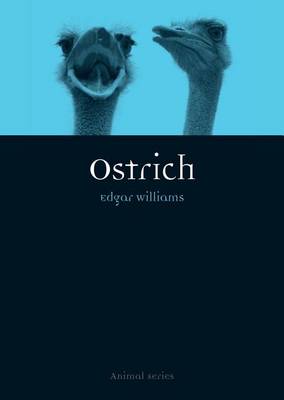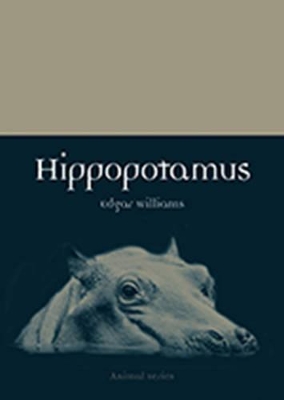Animal
3 total works
As the tallest animal on Earth, giraffes have long attracted human curiosity and respect. Their extraordinarily long necks, distinctive camouflage, graceful movements and friendly nature make them one of the most fascinating animals on the planet. But while giraffes once roamed the Great Plains of Africa in huge herds, their numbers have greatly decreased and they are now entirely dependent on humanity for their survival. In Giraffe, Edgar Williams explores not only the biology of giraffes, but also their impact on human history; in Ancient Egypt, giraffes were simply exotic pets whilst in the Middle Ages, giraffes were considered mythical beasts whose existence was as improbable as that of the dragon. The Great White Hunters in Victorian times considered giraffe hunting to be one of the most exhilarating sports, which contributed to the giraffe's present endangered status. Giraffe provides a comprehensive, twenty-first-century view of the giraffe in art, literature, film and popular culture, as well as its natural history from pre-history to modern times.
With new insights into the giraffe's genetics and evolution, as well as chronicling mankind's interest in the giraffe throughout history, this book will appeal to those interested in the giraffe's unique biology, and to anyone who admires the giraffe and wants to know more about it.
With new insights into the giraffe's genetics and evolution, as well as chronicling mankind's interest in the giraffe throughout history, this book will appeal to those interested in the giraffe's unique biology, and to anyone who admires the giraffe and wants to know more about it.
In many senses the ostrich looms large - the tallest and heaviest of any living bird, a fully grown North African ostrich can reach 2.75 metres (9 feet) in height and weigh almost 160 kgs (350 pounds). It also lays the largest egg of any living bird. From its eggs to its meat, skin and feathers, the ostrich has been exploited by humans since history began. The demand for its feathers was so great in Victorian times that vast fortunes were made from ostrich farming, particularly in South Africa and the United States. Following the First World War fashions changed, fortunes were lost and new uses for the now domesticated ostrich had to be found. Nowadays, the modern ostrich farmer not only produces plumes and leather for the luxury market but also meat for the supermarket. In addition to its sheer physical presence, the ostrich has long been an object of curiosity and fascination, becoming a byword for passivity while being feared for its aggression. It has featured in art, literature, film and popular culture, been represented in cave paintings, ancient medieval manuscripts and the Bayeux Tapestry, shown in advertising and drawn as a cartoon character in many modern films.
Edgar Williams has provided a singular, comprehensive insight into this extraordinary, outlandish bird, chronicling its behaviour, history and habitat as well as its effect on our culture. Featuring many striking illustrations drawn from nature and culture, Ostrich will appeal to all those interested in birds and the natural world, as well as anyone who follows fashion, art or ancient history.
Edgar Williams has provided a singular, comprehensive insight into this extraordinary, outlandish bird, chronicling its behaviour, history and habitat as well as its effect on our culture. Featuring many striking illustrations drawn from nature and culture, Ostrich will appeal to all those interested in birds and the natural world, as well as anyone who follows fashion, art or ancient history.
Hippos are well-loved, cumbersome, rotund mammals famous for lounging around semi-submerged in muddy pools. Gregarious herbivores, they emerge after dusk from the water into the cool night air to graze on grass and plants before returning to the water at sunrise. They have huge mouths adapted for grazing as well as large, sharp tusks and jaws powerful enough to bite through crocodiles, small boats and even humans. The common hippo, once found all over Africa, is now largely confined to South and East Africa, while its close relative, the mysterious pygmy hippo, is only found in the forests of Sierra Leone, West Africa. Hippos originated in Asia and share a common ancestry with whales. Until the last Ice Age, they were found across Europe, including Britain. The ancient civilizations of North Africa and the Middle East were familiar with the common hippo, as it was still plentiful along the Nile. To the Egyptians it was a revered deity while at the same time it was hunted for sport. While the Romans imported them into their circus spectacles in Rome, today the best place to see the common hippo is in its natural African environment.


